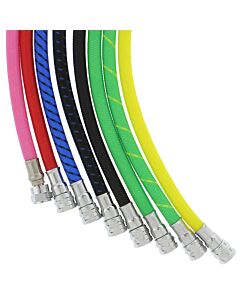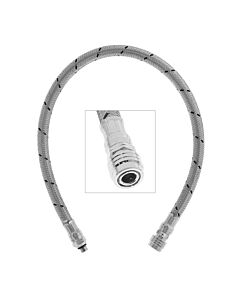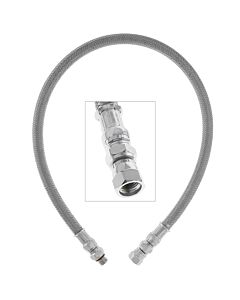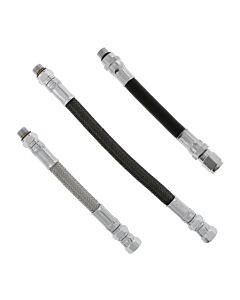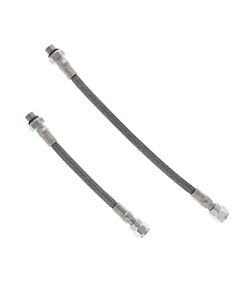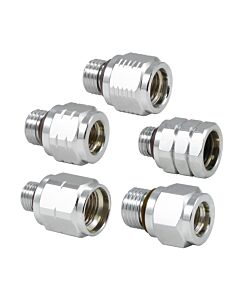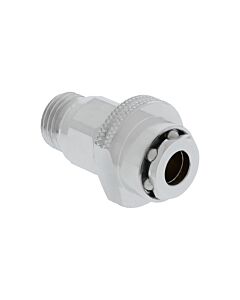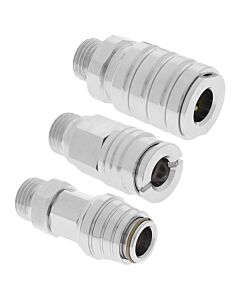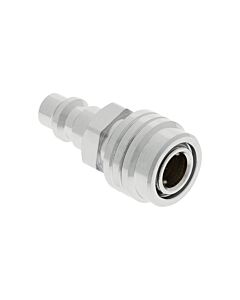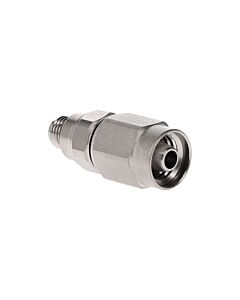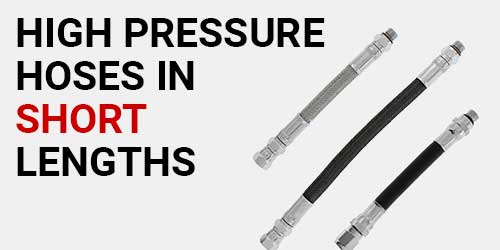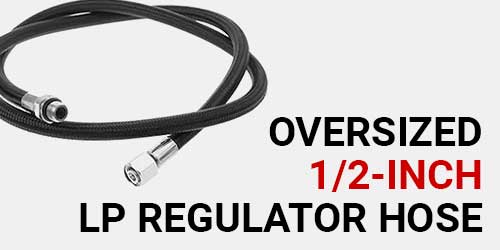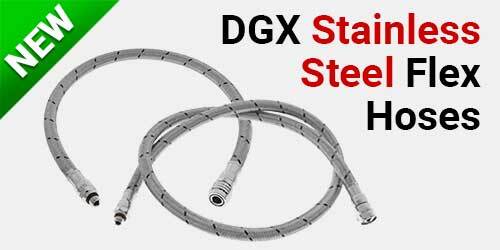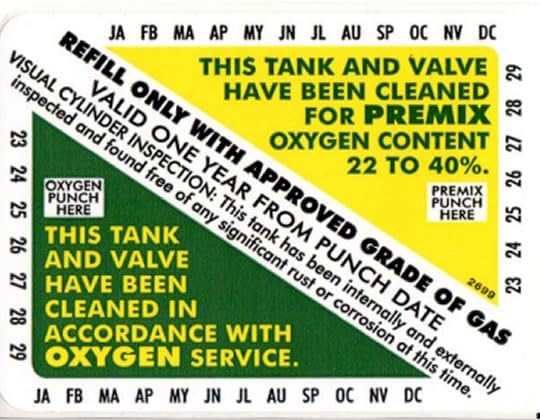Hoses for SCUBA
We offer hoses in all three applications used in SCUBA: High Pressure SPG (HP), Power Inflator (BC), and Low Pressure Regulator (LP). We offer first quality CE EN250 hoses in rubber and double-braided flex versions for all three applications and all hoses are Nitrox Ready.
LOOK CAREFULLY, we offer so many different hoses that it is easy to make a mistake when ordering.
-
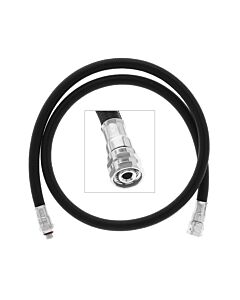 Regulator Double Braided Flex HoseSelect Hose to See Price
Regulator Double Braided Flex HoseSelect Hose to See Price -
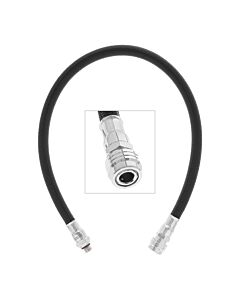 BC Inflator Double Braided Flex HoseSelect Hose to See Price
BC Inflator Double Braided Flex HoseSelect Hose to See Price -
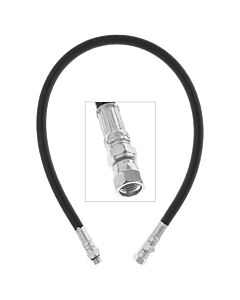 High Pressure Double Braided Flex Kevlar HoseSelect Hose to See Price
High Pressure Double Braided Flex Kevlar HoseSelect Hose to See Price -
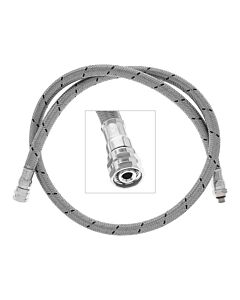 Regulator Stainless Steel Braided Flex HoseSelect Hose to See Price
Regulator Stainless Steel Braided Flex HoseSelect Hose to See Price -
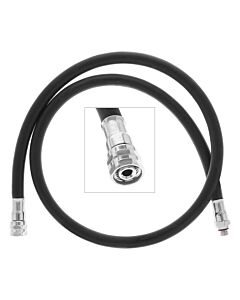 Regulator Rubber HoseSelect Hose to See Price
Regulator Rubber HoseSelect Hose to See Price -
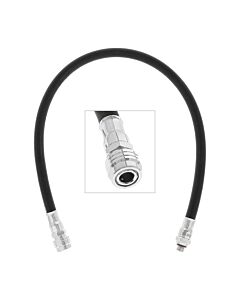 BC Inflator Rubber HoseSelect Hose to See Price
BC Inflator Rubber HoseSelect Hose to See Price -
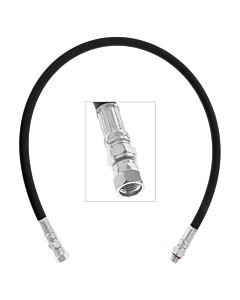 High Pressure Rubber HoseSelect Hose to See Price
High Pressure Rubber HoseSelect Hose to See Price -
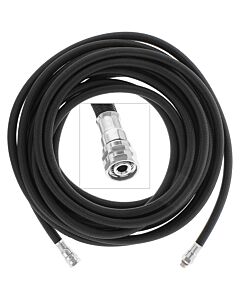 Regulator Double Braided Flex Hose in EXTRA LONG LengthsSelect Hose to See Price
Regulator Double Braided Flex Hose in EXTRA LONG LengthsSelect Hose to See Price -
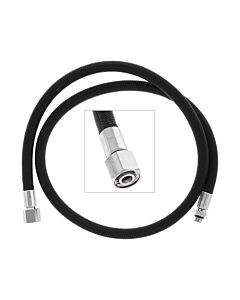 Regulator Miflex2 XTREME HoseSelect Hose to See Price
Regulator Miflex2 XTREME HoseSelect Hose to See Price -
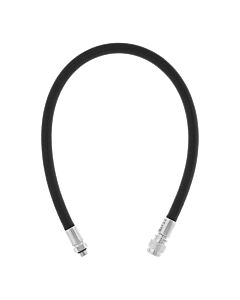 BC Inflator Miflex2 XTREME HoseSelect Hose to See Price
BC Inflator Miflex2 XTREME HoseSelect Hose to See Price -
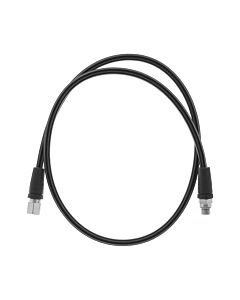 High Pressure Miflex2 HD Carbon HoseSelect Hose to See Price
High Pressure Miflex2 HD Carbon HoseSelect Hose to See Price -
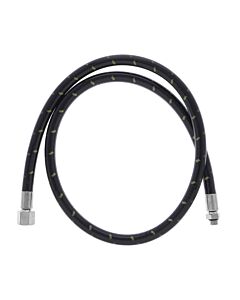 Regulator Miflex XT-Tech HoseSelect Hose to See Price
Regulator Miflex XT-Tech HoseSelect Hose to See Price -
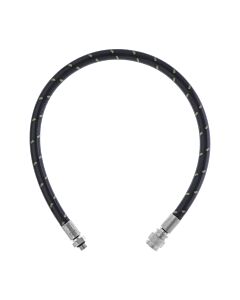 BC Inflator Miflex XT-Tech HoseSelect Hose to See Price
BC Inflator Miflex XT-Tech HoseSelect Hose to See Price -
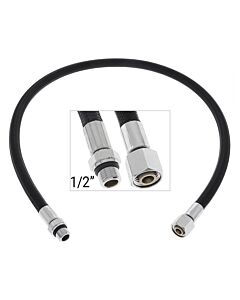 Regulator Hose, Oversized LP (1/2-Inch)Select Hose to See Price
Regulator Hose, Oversized LP (1/2-Inch)Select Hose to See Price -
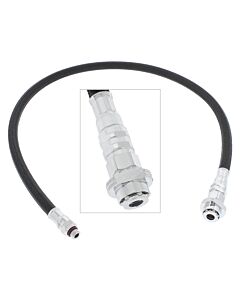 EZ-On Inflation Hose$31.95
EZ-On Inflation Hose$31.95 -
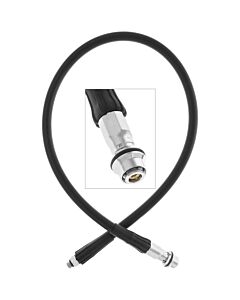 SI TECH Balder Quick-On Drysuit Inflation HoseAs low as $72.00
SI TECH Balder Quick-On Drysuit Inflation HoseAs low as $72.00 -
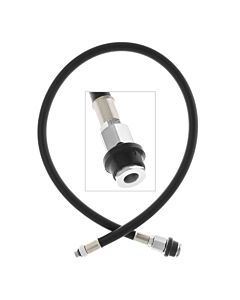 SI TECH CEJN Drysuit Inflation HoseAs low as $72.00
SI TECH CEJN Drysuit Inflation HoseAs low as $72.00 -
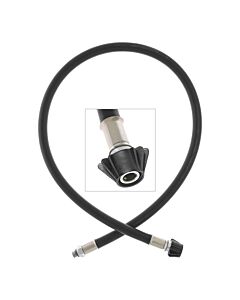 SI TECH Multi-Wing Drysuit Inflation HoseAs low as $65.00
SI TECH Multi-Wing Drysuit Inflation HoseAs low as $65.00 -
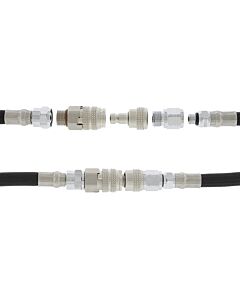 High Flow QD Hose Assembly$125.00
High Flow QD Hose Assembly$125.00 -
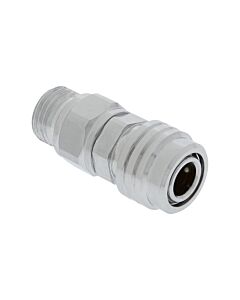 DGX Adapter: LP Reg Hose = BC InflatorAs low as $11.00
DGX Adapter: LP Reg Hose = BC InflatorAs low as $11.00
 WARNING
WARNING
Keep in mind that all hoses will fail sooner or later either due to age, storage conditions or handling. Scuba hoses, regardless of brand and materials, require some minimal care. Do not allow hoses to receive prolonged exposure sunlight, as the heat and UV from strong sunlight will significantly shorten the life of the hose. Do not attempt to flush the inside of the hose with any form of solvent or other chemical, new hoses are factory clean and if you have any reason to think they are no longer clean then the hose should be replaced. Prior to every dive trip you should always pressurize and inspect your hoses for mechanical damage, corroded fittings, bulges and leaks. Dive Gear Express suggests replacing all SCUBA hoses every five years of service or 500 dives, whichever comes first.
Hose Protectors Don't
The 'hose protectors' on the ends of the hoses next to the first and second stages provide a cosmetic appearance, however there is no evidence they prevent hose damage. Hoses sometimes fail where the fitting is swaged onto the hose, but that's caused by gas pressure, and a hose protector is not going to prevent that from happening. A few manufacturers include hose protectors with the factory configurations, but more often they are aftermarket additions by the local dive shop as a marketing opportunity. Although a very popular sport diving regulator accessory, because hose protectors interfere with routing and streamlining they are almost never seen on regs used in technical diving. In fact, hose protectors may compromise safety and many experienced divers don't use or recommend them. Hose protectors hold water against the fitting, causing corrosion and hiding developing problems. The post dive maintenance recommendation is to pull the hose protectors back from the fittings, rinse and inspect. However, our observation is that not only do most divers not perform this suggested maintenance, when they do they are actually pulling hard at the most failure prone part of the hose. Our maintenance recommendation: permanently remove aftermarket hose protectors (we carefully use a pair of side cutters rather than pull them off) and replace the hose if there is evidence of excessive wear or damage.
